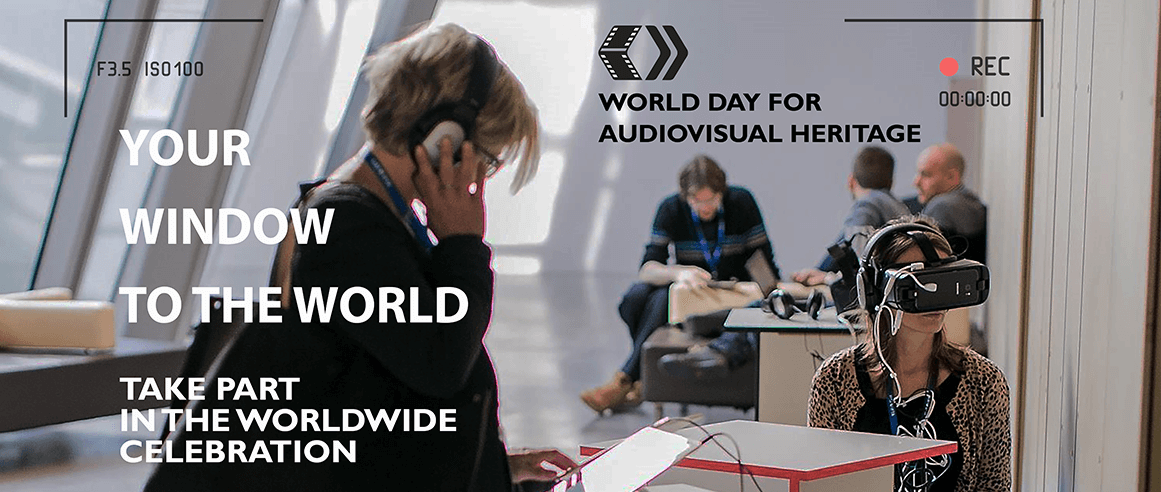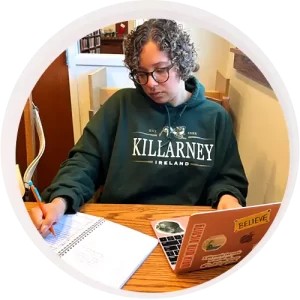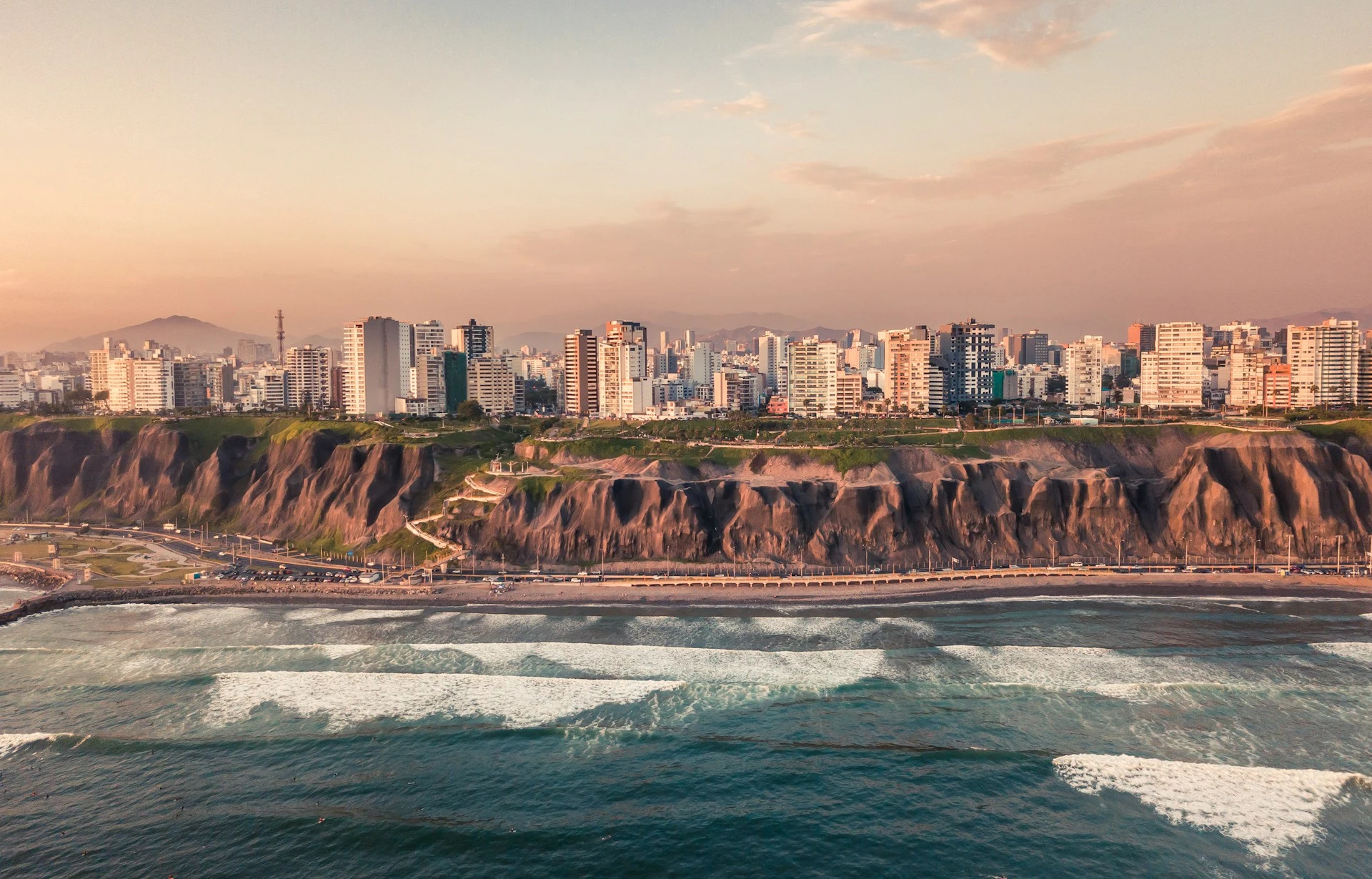Written by Jaden Parker
The World Day of Audiovisual Heritage. I had never heard of it before, so I am assuming that a lot of you haven’t either! Started in 2005 by UNESCO and the CCAAA (Coordinating Council of Audiovisual Archives Association), the World Day of Audiovisual Heritage is a day commemorating the adoption of the Recommendation for the Safeguarding and Preservation of Moving Images by the 21st General Conference in 1980. It raises awareness for the urgency of archiving audiovisual documents, allowing it to be accessible to the general public and for future generations.
“As a window to the world,” UNESCO describes, “audiovisual heritage enables us to witness events we do not attend, listen to voices of the past, and create narratives that inform and entertain.” So, why is this important? Well, if you’re like me, you love documentaries. Most documentaries rely on archived footage to convey a story. War documentaries especially use old footage to help get messages across. If we didn’t have those videos, sound clips, and photos, we’d never be able to witness the moments of the past.
UNESCO has a project they started in 2015 called the Digitizing Our Shared UNESCO History. It has collections and archives of over 70 years of actions for peace. In February of 2018, UNESCO installed a laboratory in their Paris headquarters after partnering with Picturae BV and receiving sponsorship from the Government of Japan. “UNESCO’s records provide evidence of a history of international cooperation; of individual countries and newly independent states participating in and developing activities relating to education, communication, culture, and sciences.” Digitizing the archives allows materials to last forever and stop any more wear and tear from frequent handling.
Both Brazil and Tanzania have joined in the World Day of Audiovisual Heritage celebrations. From October 25 to 27, Brazil is hosting the 1st Brazilian Forum of Image and Sound Museums. Representatives from the country will come together to exchange information regarding integration of museums and improve strategies of preservation. In Tanzania, they launched their AncestAR’s Project on October 12th. Supported by Africa No Filter, they’re using Augmented Reality to create an immersive experience involving Makonde traditions.
UNESCO also has a Memory of the World Programme. The Register for the program is something to behold. It lists documentary heritage regarding world significance and universal value. There are currently 494 inscriptions on the Register, and you can look at the most recent additions here. If you’re interested in seeing more archives that are older than even your parents, check out the links below!
The UNESCO History Project is moving its archives to the following locations:
- International Institute of Intellectual Cooperation
- UNESCO General Conference and Executive Board documents
- Films and videos
- Sound recordings
- Photographs
Also, check out this Youtube video from the CCAAA about archiving history. CCAAA: Protecting our Shared History
Here is the poster from the featured image if you’re interested in checking it out!










